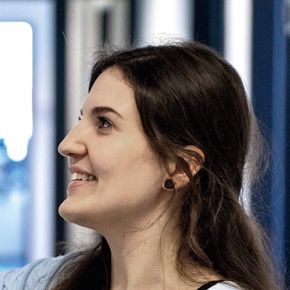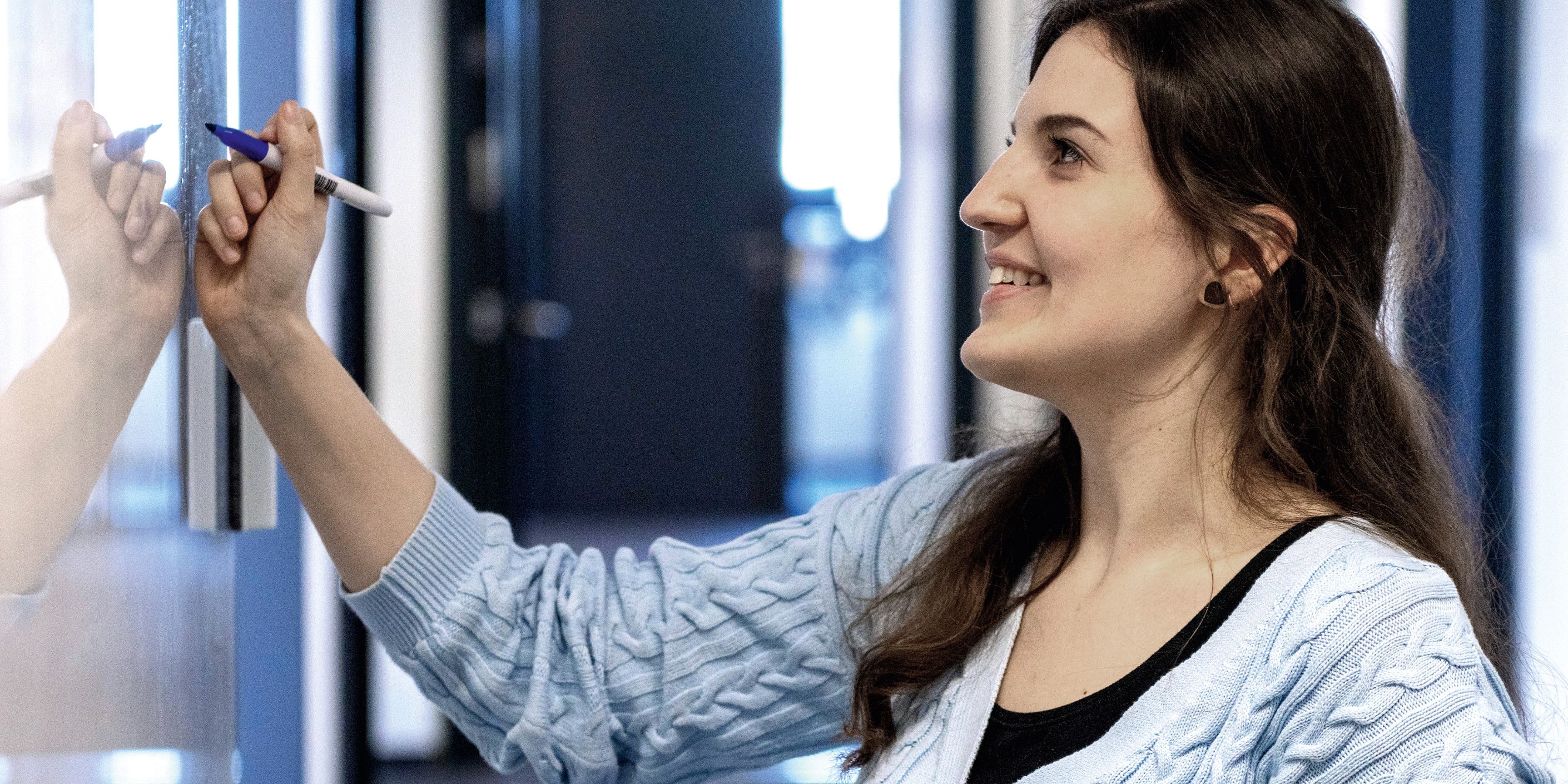Good UX design is an asset
Experiencing Software
Aileen Blechner is a UX software designer at ZEISS – a job where everything revolves around customer needs. Is the operating concept intuitive? Does the software run smoothly? Does the user understand what he has to do and does he find the necessary input elements? The designer shares some insights with us.
Aileen, which aspects of user experience (UX) deserve special consideration when designing software?
We have to put ourselves in our customers’ shoes. Do they prefer high-performance computing? Or is it important for them to have a state-of-the-art and user-friendly graphical user interface? The more users feel that the software interface is minimalistic and intuitive the more they use it. When employees can quickly and easily grasp how to use the software, their efficiency increases – especially when it comes to B2B software solutions. That’s why it is our top priority to keep on optimizing or putting our concepts to the test.
How do companies benefit from user-friendly software?
The software is user-centric and easy to operate right from the beginning. A good design helps companies to swiftly integrate innovations, such as De-Warp, into their processes. Our customers' IT departments will have less work during the installation and rollout of ergonomic software. And software maintenance and operation will often require less support.
How does your team ensure good user-centricity?
During the work on a new software, we already design the UX concept together with the developers. We then test this in extensive usability tests: from open interviews to clickable prototypes. The test users perform specific tasks with these prototypes, and we log their solution path. We want to find out whether the users work with the software as anticipated.
Did you receive more feedback than usual for certain software optimizations?
The software suite has simplified many things for our customers. It has an intuitive design and includes not only software solutions but also the opportunity to attend training courses or to talk shop with other users in the forum.
By introducing the Smart Scanning feature, we responded to our customers' wish for automated processes to save time. The interface is especially user-friendly and intuitive. The user is guided through the process and can monitor the scan as it progresses.
The workflow assistant is another case in point. It guides the user through the measurement procedure. We've noticed that especially new, inexperienced users encounter problems when setting up the sensor, positioning the part and fully acquiring the data. We carried out a user test to identify concrete weak spots and then developed a guide that provides orientation and gives recommendations.

Aileen Blechner has studied media design and media informatics. Today, she creates the user experience for ZEISS Quality Suite.
